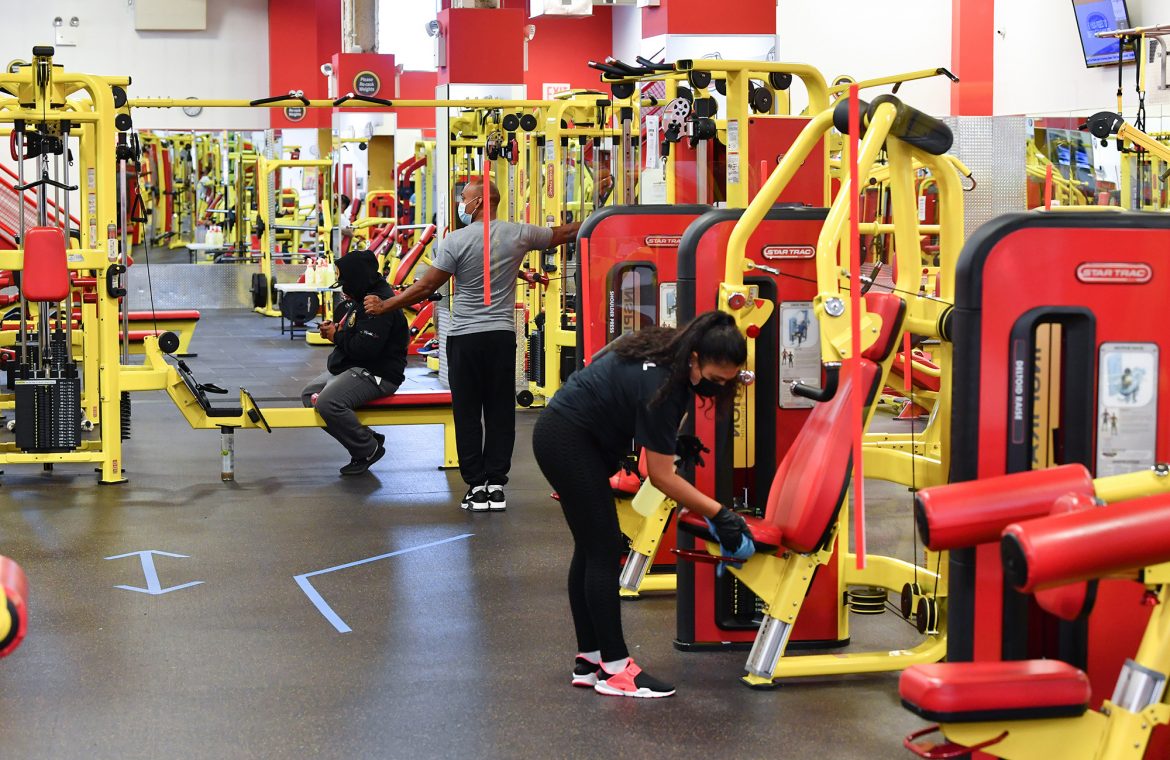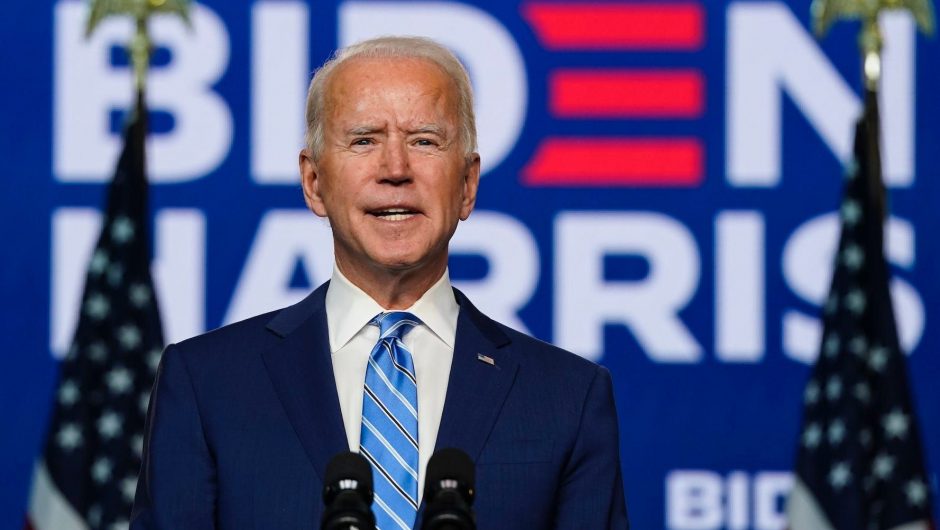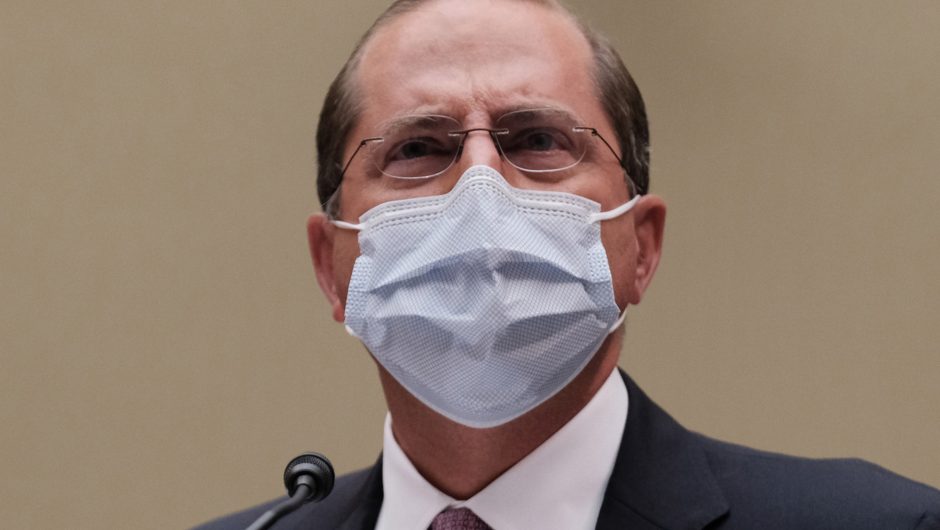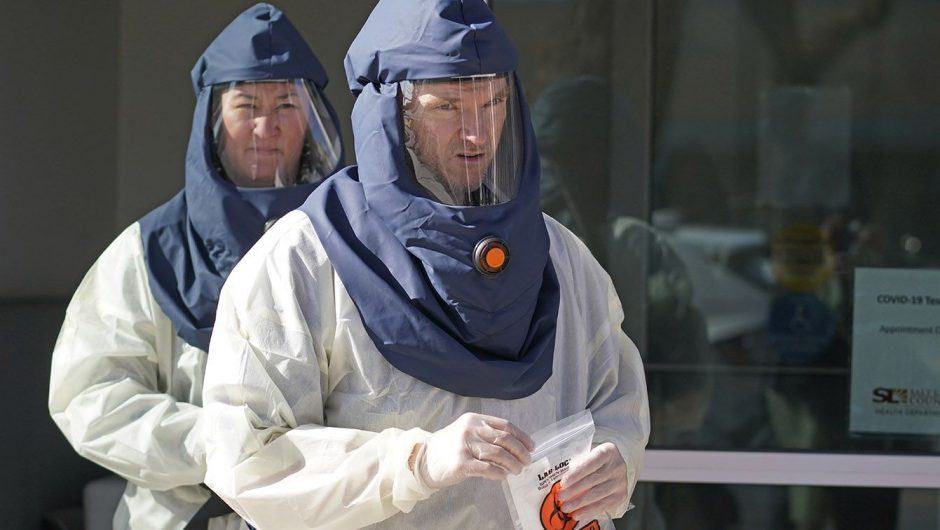Most COVID-19 cases in large US cities stem from visits to just a few types of places, a new study suggests.
Restaurants, gyms, hotels and houses of worship are among the 10 percent of locations that would appear to account for 80 percent of the infections, according to research published in the journal Nature on Tuesday.
“These are places that are smaller, more crowded, and people dwell there longer,” said study co-author and Stanford University Professor Jure Leskovec at a media briefing on the research, CNN reported.
Reducing the establishments’ capacity to 20 percent, as opposed to shutting them down entirely, could curb transmissions by 80 percent, the prof said.
“Our work highlights that it doesn’t have to be all or nothing,” Leskovec said.
The study, which included researchers from Northwestern University as well as Stanford, analyzed cell-phone data from 98 million Americans in 10 major cities, including New York, Philadelphia, Washington, DC, Los Angeles, Chicago and Houston.
The researchers tracked people’s movements to locations such as restaurants, cafes, grocery stores, gyms and hotels, as well as doctor’s offices and places of worship, while looking at the coronavirus counts in their areas.
“On average across metro areas, full-service restaurants, gyms, hotels, cafes, religious organizations, and limited-service restaurants produced the largest predicted increases in infections when reopened,” the study said.
Leskovec added that based on the research model, “Infections are happening very unevenly.
“There are about 10 percent of points-of-interest that account for over 80 percent of all infections,’’ he said, according to CNN.
Residents of low-income areas suffer the worst, the study indicated.
That’s at least partly because the residents have fewer of these locations available to them, so the sites become more crowded.
For example, “our model predicts that one visit to a grocery store is twice more dangerous for a lower-income individual compared to a higher-income individual,” Leskovec said.
“This is because of grocery stores visited by lower-income individuals have on average 60 percent more people by square foot, and visitors stay there 17 percent longer.”
Still, the study did not track people to locations with potentially large populations such as schools, prisons and nursing homes, CNN noted.









Your comment is awaiting moderation.
Взять ссылку на гидру и спокойно покупать можно на разделах нашего проекта. В онлайне зачастую возможно натолкнуться на жуликов и утерять свои личные денежные средства. Поэтому для Вашей защищенности мы подготовили этот сетевой портал где Вы стабильно можете получить доступ к онлайн-магазину торговой платформы hydra сайт. Для выполнения покупок на трейдерской платформе гидра наш портал изо дня в день посещает масса пользователей, для получения актуальной рабочей гиперссылки, достаточно просто нажать на кнопочку открыть и надежно покупать, а если Вы впервые вошли на интернет-сайт до приобретения товара требуется пройти регистрацию и дополнить баланс. Ваша собственная безопасность наша важная задача, которую мы с гордостью выполняем.